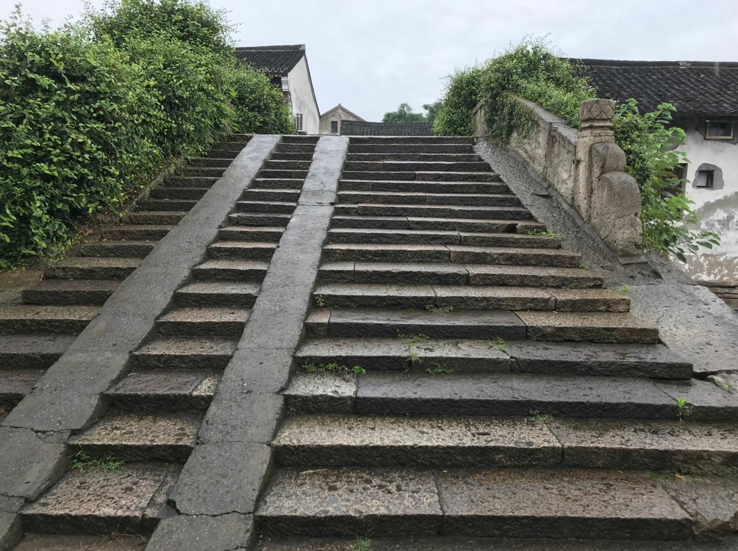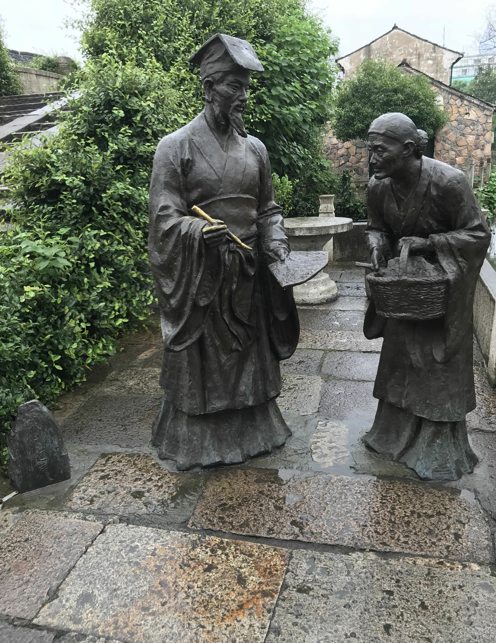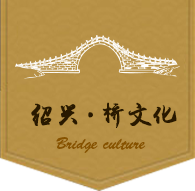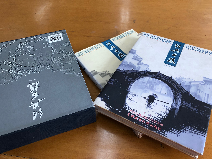
題扇橋位于紹興市區(qū)東北角,昌安門附近戒珠寺旁邊。始建于東晉或其以前,于清道光八年(1828年)重修。舊時橋邊有照管天燈的人,燈光可以幫行人照亮橋的石階,同時防止過往的船只撞上橋。現(xiàn)在天燈及燈桿已經(jīng)不復(fù)存在,只留下了插燈桿的一個石座。
Shaoxing city, near Changan Gate and Jiezhu Temple. It was first built in Eastern Jin or even earlier, rebuilt in Qing Dynasty (1828). In the old days, there were people who took care of the lanterns. The lights could help pedestrians by illuminating the stone steps of the bridge and preventing the passing ships from hitting the bridge. Now the skylights and the poles are no longer there, leaving only a stone seat for the plug.
Tishan Bridge is one of the most famous ancient bridges in Shaoxing. It not only has long history, beautiful scenery, but also has interesting anecdotes. Standing on the bridge, you can see Ji Mountain on the north and the buildings with Shaoxing-styles along the river bank; sometimes you can see Wupeng Boats passing. There is a stone monument near the bridge, carved with “Jin Dynasty, Wang Youjun, Tishan Bridge”. Next to it are two sculptures depicting how Wang Xizhi (Wang Youjun) wrote calligraphy on the old lady's paper fans. (“Tishan” means “writing on the paper fan” in Chinese; the name came from an anecdote about a famous calligrapher in Shaoxing: Wang Xizhi. The following is the detailed introduction to this story.)
Wang Xizhi, also named Wang Youjun, was a famous calligrapher lived in Shaoxing several thousand years ago. One day when he was walking through a bridge in Shaoxing City, he saw an old lady trying to sell paper fans but no people came to buy the fans. Wang felt sympathetic and then wrote calligraphy on those fans to help the old woman. After finding out the fans had the calligraphy of Wang, many people came to buy those fans and the woman thus earned much money. Therefore, the bridge was called “Tishan” Bridge after this event.
Related link in Baidu Baike: (this website is in Chinese)
https://baike.baidu.com/item/%E9%A2%98%E6%89%87%E6%A1%A5/4509620

(The sculpture of the story of Wang Xizhi and Tishan Bridge)



